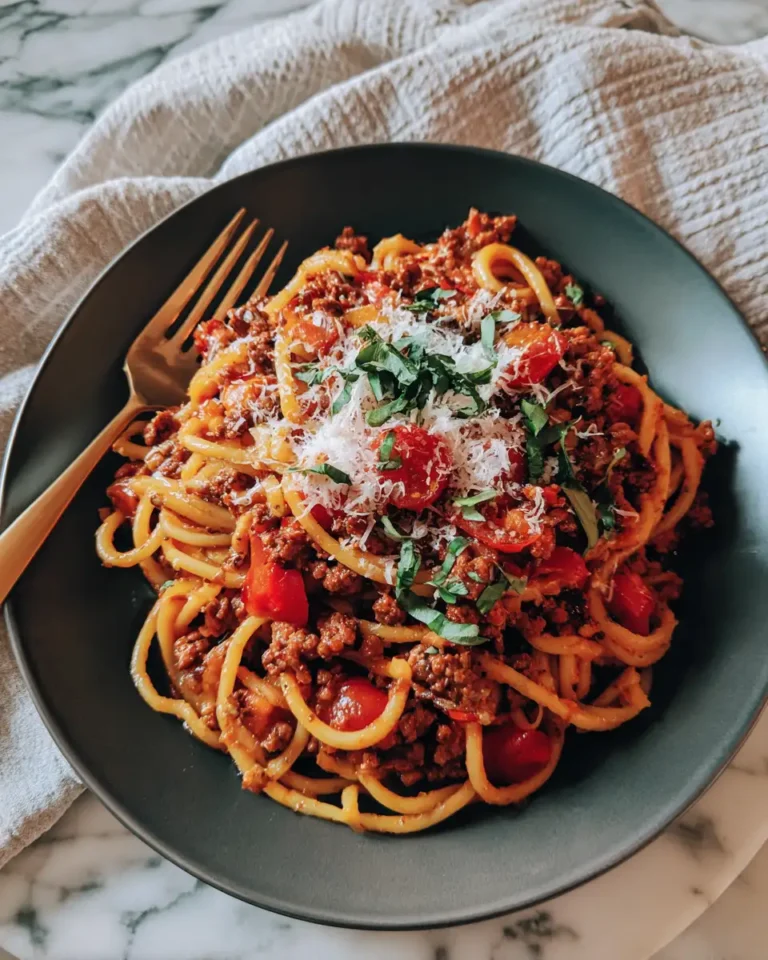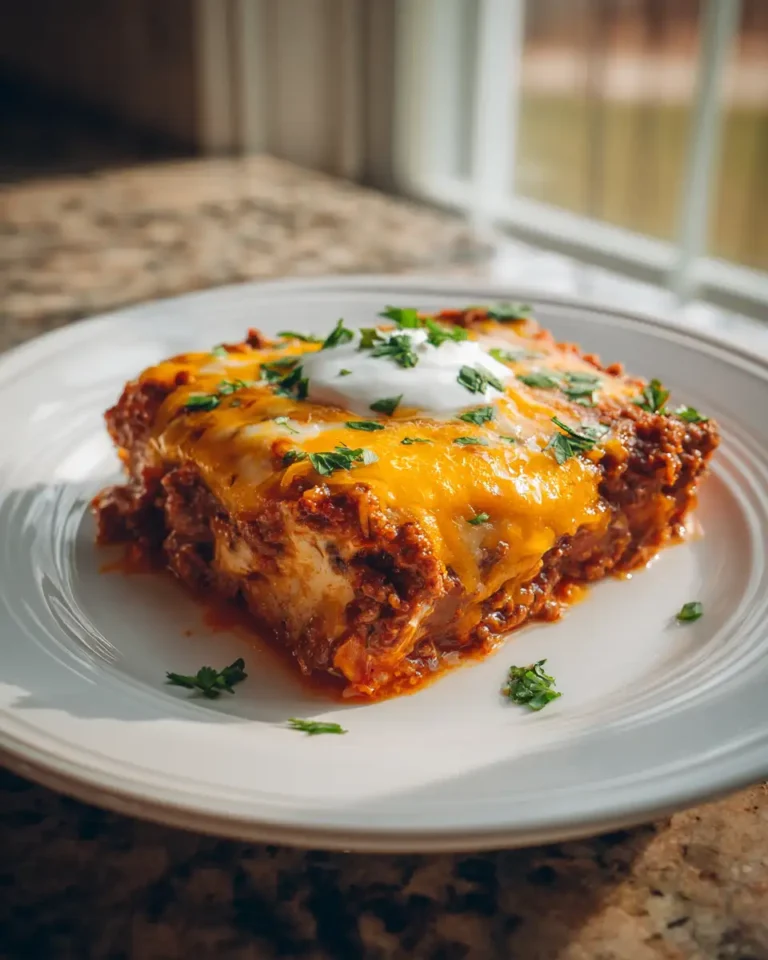The Ultimate Guide to Loaded Mac and Cheese: Recipes, Tips, and Variations
The Ultimate Guide to Loaded Mac and Cheese: Recipes, Tips, and Variations
Macaroni and cheese. Just the sound of it conjures images of creamy, cheesy goodness, a quintessential comfort food that transcends generations and geographies. But what happens when you take this beloved classic and elevate it to an entirely new level? You get Loaded Mac and Cheese – a symphony of flavors and textures that transforms a simple side dish into a magnificent, stand-alone meal. This comprehensive guide will delve into the delectable world of loaded mac and cheese, offering recipes, tips, variations, and all the inspiration you need to create your own culinary masterpieces.
Whether you’re a seasoned chef or a kitchen novice, the allure of a steaming bowl of loaded mac and cheese is undeniable. It’s the kind of dish that warms you from the inside out, a perfect canvas for your favorite toppings and a guaranteed crowd-pleaser. From crispy bacon and tender pulled pork to vibrant vegetables and spicy jalapeños, the possibilities are endless.
What Makes it “Loaded”?
The term “loaded” in the context of mac and cheese signifies an abundance of delicious additions beyond the traditional pasta and cheese sauce. Think of it as an upgrade, an enhancement, a gourmet transformation. While a classic mac and cheese focuses on the purity of its two main components, a loaded version embraces variety and complexity. It’s about layering flavors and textures to create a more dynamic and satisfying eating experience.
The Anatomy of Loaded Mac and Cheese:
- The Base: A rich, creamy, and flavorful cheese sauce is paramount. This is the foundation upon which all other ingredients will build.
- The Pasta: Elbow macaroni is classic, but other shapes like shells, cavatappi, or even penne can work beautifully, providing different textures and nooks for the sauce to cling to.
- The “Loads”: This is where the magic happens! Cooked meats, vegetables, spices, and other flavor enhancers are mixed into or piled on top of the mac and cheese.
- The Topping: While optional, a crispy topping (like breadcrumbs, crushed crackers, or even more cheese) adds an essential textural contrast and can elevate the dish further.
The Foundation: A Perfect Cheese Sauce
Before we embark on the exciting journey of loading, let’s master the art of the perfect cheese sauce. A robust and velvety sauce is crucial to preventing your loaded mac and cheese from becoming dry or bland.
Roux vs. No-Roux:
Roux-based sauce: This traditional method involves cooking butter and flour together to create a thickening agent, then gradually whisking in milk. It creates a stable and consistently creamy sauce. It’s the classic approach for good reason.
No-roux sauce: For a quicker option, some recipes use evaporated milk or cream cheese to create a rich sauce without a roux. While faster, it can sometimes be less stable and prone to separating if not handled carefully. For loaded mac and cheese, a roux provides a more reliable base for holding all those delicious additions together.
Cheese Selection for Excellence:
The key to a truly outstanding cheese sauce lies in a blend of cheeses. Aim for a combination of good melting cheeses and those that provide sharp, complex flavors.
- Melting Cheeses: Mild Cheddar, Fontina, Gruyère, Monterey Jack, Gouda, Colby. These provide the supreme creaminess.
- Flavor Cheeses: Sharp Cheddar, Smoked Gouda, Pepper Jack, Parmesan, Asiago, Provolone. These add depth and character.
- Avoid pre-shredded cheese: Pre-shredded cheeses often contain anti-caking agents that can make your sauce gritty. Grate your own for the smoothest results.
Pro Tip: Always shred your own cheese! Pre-shredded varieties contain cellulose, which can prevent your cheese sauce from melting smoothly and result in a grainy texture.
Basic Cheese Sauce Recipe:
- 4 tbsp unsalted butter
- 4 tbsp all-purpose flour
- 3 cups whole milk (warmed)
- 1 tsp Dijon mustard (enhances cheese flavor)
- 1/2 tsp smoked paprika
- Salt and freshly ground black pepper to taste
- 8 oz sharp cheddar, grated
- 4 oz Gruyère or Fontina, grated
Instructions:
- Melt butter in a large saucepan or Dutch oven over medium heat.
- Whisk in flour and cook for 1-2 minutes, stirring constantly, to create a roux.
- Gradually whisk in the warm milk, a little at a time, to avoid lumps. Continue whisking until the sauce thickens and begins to simmer, about 5-7 minutes.
- Remove from heat. Stir in Dijon mustard, smoked paprika, salt, and pepper.
- Add the grated cheeses in batches, stirring until completely melted and smooth. Do not boil the sauce after adding cheese, as it can cause it to separate.
Classic Loaded Mac and Cheese Recipes
Now that our foundational cheese sauce is ready, let’s explore some popular and utterly delicious loaded mac and cheese combinations.
Bacon Jalapeño Loaded Mac and Cheese:
This classic combination offers a delightful balance of smoky, salty, and spicy. It’s a crowd-pleaser that’s easy to customize to your heat preference.
- Additions: 1 lb crispy cooked bacon, crumbled; 2-3 jalapeños, seeded and finely diced (for less heat) or thinly sliced (for more heat); 1/4 cup chopped fresh cilantro (optional).
- Best Cheese Blend: Sharp Cheddar, Monterey Jack, a touch of Pepper Jack.
- Instructions: Prepare your basic cheese sauce and cooked pasta. Stir in the crumbled bacon, diced jalapeños, and optional cilantro. Bake with a breadcrumb topping for extra crunch.
Pulled Pork BBQ Mac and Cheese:
A hearty and incredibly flavorful option, perfect for using up leftover pulled pork or as a centerpiece for a potluck. The tang of BBQ sauce perfectly complements the rich mac and cheese.
- Additions: 2 cups shredded cooked pulled pork (tossed with 1/2 cup BBQ sauce); 1/4 cup finely diced red onion; 2 tbsp chopped fresh chives for garnish.
- Best Cheese Blend: Smoked Gouda, Sharp Cheddar, Colby.
- Instructions: Combine your cheese sauce and cooked pasta. Gently fold in the BBQ-tossed pulled pork and diced red onion. Top with more cheese and bake until bubbly. Garnish with fresh chives.
Buffalo Chicken Loaded Mac and Cheese:
For those who love a kick, this version delivers all the zesty, spicy flavors of buffalo wings in a comforting mac and cheese format.
- Additions: 2 cups cooked shredded chicken breast (tossed with 1/2 cup buffalo sauce and 2 tbsp melted butter); 1/4 cup crumbled blue cheese; 2 tbsp chopped celery for garnish.
- Best Cheese Blend: Sharp Cheddar, Monterey Jack, a mild blue cheese crumbled into the mix.
- Instructions: Mix the buffalo chicken into your mac and cheese. Transfer to a baking dish, sprinkle with crumbled blue cheese, and bake until heated through and golden. Serve with a drizzle of ranch or blue cheese dressing and celery on the side.
Kitchen Hack: For incredibly tender shredded chicken, cook chicken breasts in an Instant Pot with a cup of broth for 10-12 minutes, then natural release. They’ll shred effortlessly!
Creative Variations and Toppings
The beauty of loaded mac and cheese is its adaptability. Don’t be afraid to experiment and create your own signature dish!
Meat Lover’s Delight:
- Ground Beef or Turkey: Cooked with taco seasoning for a “Taco Mac,” or with Italian seasoning and marinara for a twist on baked ziti.
- Sausage: Spicy Italian sausage, thinly sliced, or crumbled breakfast sausage.
- Ham: Diced ham, especially good with a smoky cheese.
- Shrimp or Lobster: For an upscale, decadent seafood mac and cheese. Add cooked, chopped seafood at the very end to avoid overcooking.
Vegetable Powerhouse:
Adding vegetables isn’t just about health; it’s about adding color, texture, and additional layers of flavor.
- Roasted Broccoli or Cauliflower: Adds a slight char and sweetness.
- Sautéed Mushrooms and Onions: Earthy and savory, especially good with Gruyère.
- Spinach or Kale: Wilted and stirred in for a healthy boost.
- Roasted Red Peppers: Sweet and vibrant.
- Caramelized Onions: A sophisticated, sweet addition that pairs beautifully with almost any cheese.
Spice and Herb Enhancements:
- Smoked Paprika: Adds depth and a subtle smoky flavor.
- Garlic Powder/Onion Powder: Essential aromatics.
- Cayenne Pepper or Red Pepper Flakes: For adjustable heat.
- Fresh Herbs: Chives, parsley, thyme, or rosemary can brighten the flavor profile significantly.
Crunchy Toppings:
A topping adds an irresistible textural contrast to the creamy interior.
- Panko Breadcrumbs: Tossed with melted butter and baked until golden.
- Crushed Crackers: Ritz crackers provide a buttery, salty crunch.
- Crispy Fried Onions: A nostalgic and flavorful topping.
- Crushed Potato Chips: Unexpected but surprisingly delicious!
Tips for the Best Loaded Mac and Cheese
Achieving mac and cheese perfection requires a few insider tips:
- Cook Pasta Al Dente: Since it will continue to cook in the sauce (especially if baking), slightly undercooked pasta prevents mushiness.
- Warm Your Milk: Adding cold milk to a roux can cause lumps. Warming it gently helps create a smoother sauce.
- Don’t Overcook the Cheese Sauce: Once the cheese is melted and smooth, remove it from the heat. Boiling can cause the cheese to seize or separate.
- Season Generously: Taste your cheese sauce before adding the pasta. You might need more salt, pepper, or a pinch of cayenne.
- Baking vs. Stovetop: Baking creates a glorious crust and allows flavors to meld beautifully. Stovetop is quicker and leads to a creamier consistency. For loaded mac and cheese, baking often enhances the toppings and ingredients.
- Rest Before Serving: Let the baked mac and cheese rest for 10-15 minutes after removing it from the oven. This allows the sauce to set slightly, making for cleaner scoops.
Expert Tip: When baking loaded mac and cheese, cover it for the first 15-20 minutes to ensure it heats through evenly, then uncover for the last 10-15 minutes to achieve that coveted golden, bubbly crust.
Serving Suggestions and Pairings
Loaded mac and cheese is often a meal in itself, but it can also be part of a larger spread.
- As a Main Dish: Serve with a simple side salad to cut through the richness, or some steamed green beans.
- As a Side Dish: It’s a fantastic accompaniment to grilled chicken, roasted pork loin, or even a juicy steak.
- Beverage Pairings: For adults, a crisp craft beer (like a lager or amber ale) or a medium-bodied red wine (like a Merlot or Pinot Noir) can complement the richness. For non-alcoholic options, iced tea or sparkling apple cider work well.
Making Ahead and Storage
Loaded mac and cheese is an excellent make-ahead dish, perfect for parties or meal prep.
- To Make Ahead: Assemble the mac and cheese in a baking dish, cover tightly with foil, and refrigerate for up to 2 days. When ready to bake, add about 15-20 minutes to the baking time, uncovering for the last portion. You might need to add a splash of milk to loosen the sauce if it appears too thick.
- Storage: Leftovers can be stored in an airtight container in the refrigerator for 3-4 days.
- Reheating: For best results, reheat individual portions gently in the microwave or a small saucepan over low heat, adding a splash of milk to restore creaminess. Baked portions can be reheated in the oven at 300°F (150°C) until warmed through.
- Freezing: Unbaked mac and cheese (without super watery additions) can be frozen for up to 2-3 months. Thaw overnight in the refrigerator before baking. Baked mac and cheese can also be frozen, though the pasta texture might be slightly softer upon reheating.
Conclusion
From its humble beginnings as a simple side, mac and cheese has evolved into a versatile and exciting culinary canvas. Loaded Mac and Cheese invites you to unleash your creativity, experiment with flavors, and craft a dish that is uniquely yours. Whether you prefer the smoky allure of bacon and jalapeños, the hearty embrace of pulled pork, or a vibrant medley of roasted vegetables, there’s a loaded mac and cheese variation waiting to become your new favorite. So gather your ingredients, fire up your stove, and prepare to indulge in the ultimate comfort food experience – a truly magnificent bowl of loaded mac and cheese.




